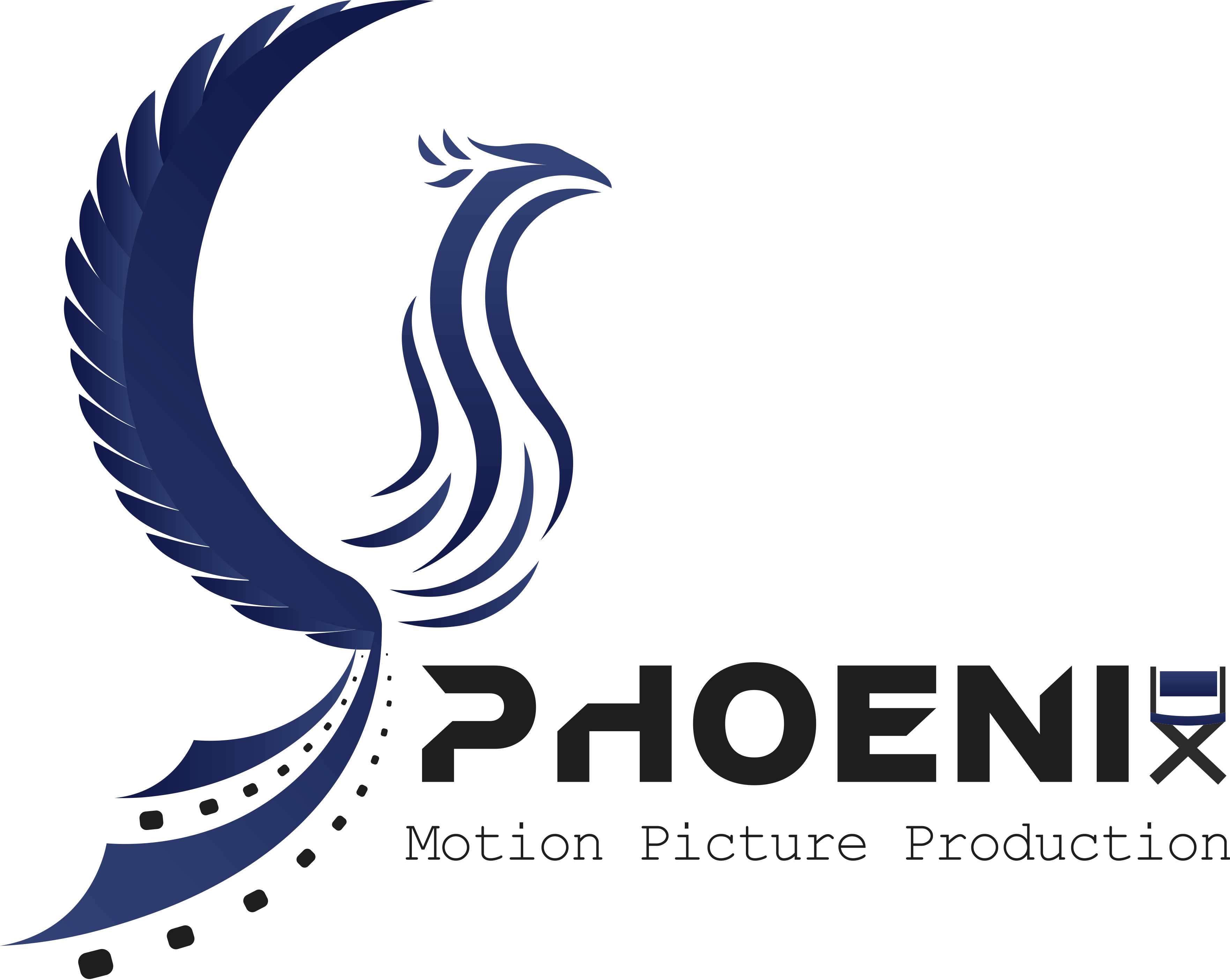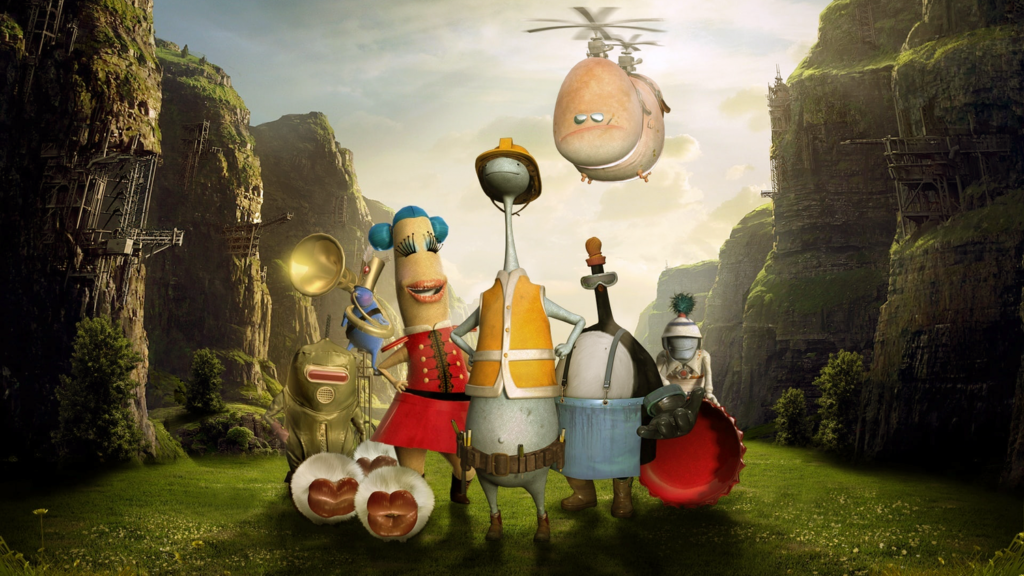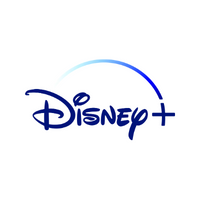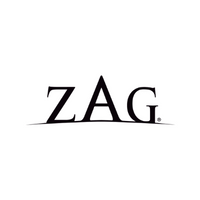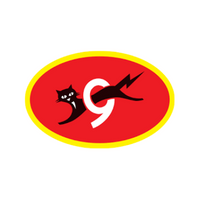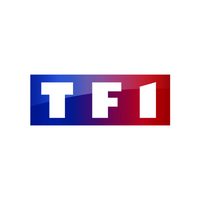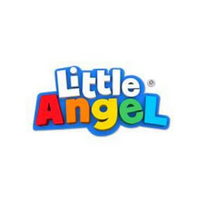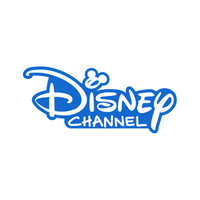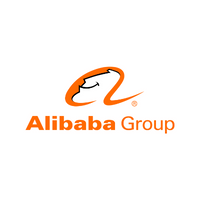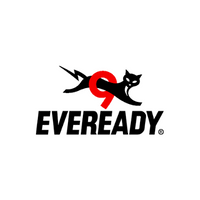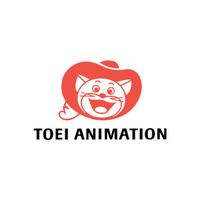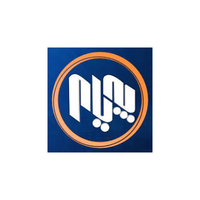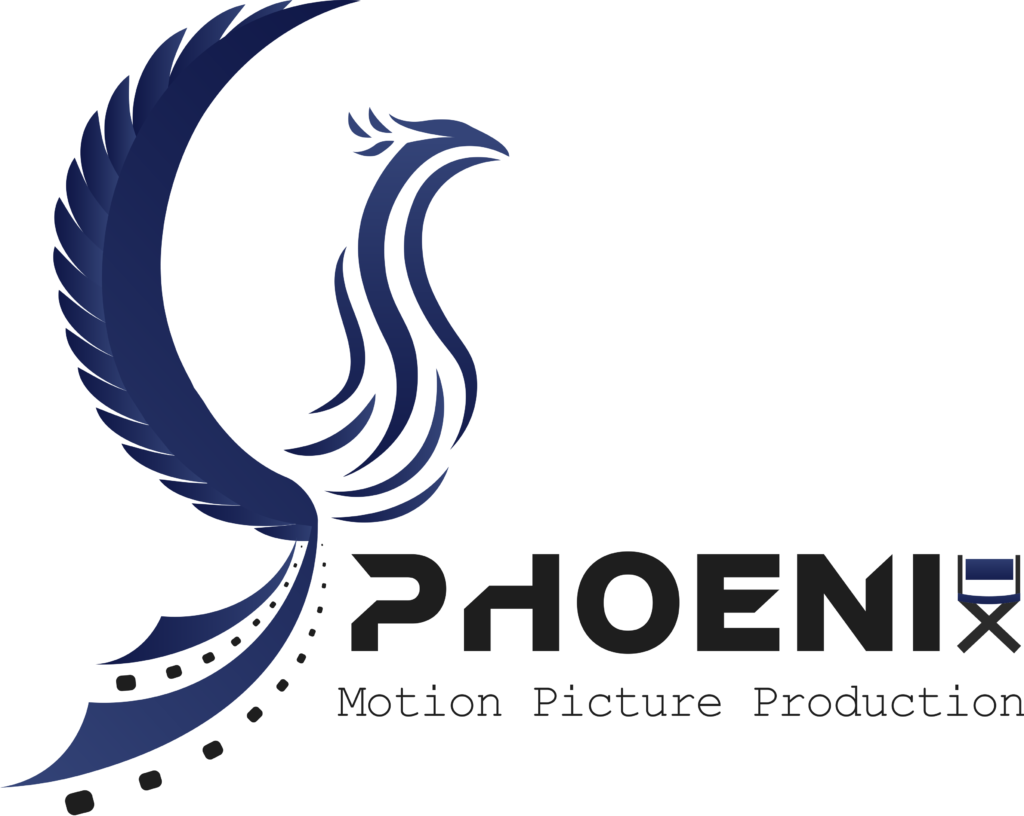The seventh pillar in creating successful and responsive animated commercial campaigns is to base them on fun, comedy, and humor. Incorporating humor into advertisements can have a profound impact on their effectiveness and reach.
When advertisements utilise Fun,Humor, Comedy and make the audience laugh out loud, it not only entertains them but also creates a memorable and positive association with the brand. This element of humor is particularly essential in many brand advertising examples.
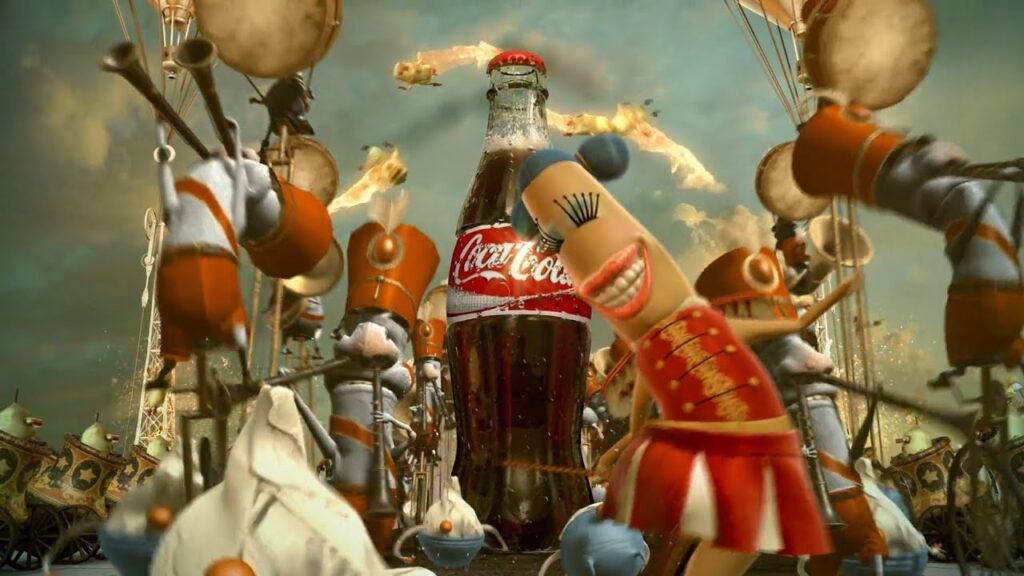
The use of humor in animated commercial campaigns serves multiple purposes. Firstly, it captures the audience’s attention. In a world filled with advertisements and information overload, humor stands out and grabs the viewers’ focus. When an advertisement is funny, it breaks through the clutter and engages the audience on an emotional level. It piques their interest and encourages them to pay attention to the message being conveyed.
Moreover, humor creates a positive emotional connection with the audience. Laughter is a universal language, and when people find something funny, it releases endorphins, which in turn creates a positive association with the advertisement and the brand behind it. This positive emotional connection increases the likelihood of the audience remembering the advertisement and associating it with positive feelings. It helps to establish a favorable perception of the brand, making the audience more receptive to its messaging.
Additionally, humor can make advertisements more relatable. When a commercial incorporates funny situations or relatable comedic elements, it resonates with the audience on a personal level. People enjoy seeing themselves or their experiences reflected in advertisements, as it creates a sense of familiarity and understanding. By using humor to tap into shared experiences or common situations, advertisers can create a bond with the audience and make them feel that the brand understands their needs or challenges.
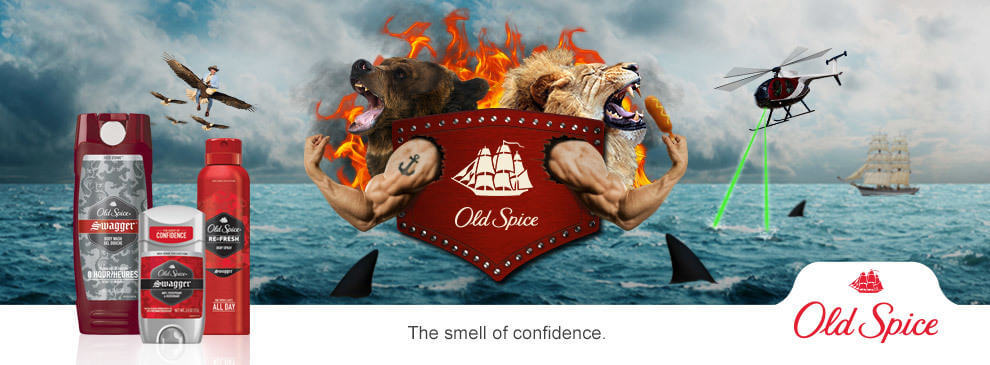
Furthermore, humor has the power to make advertisements shareable. In today’s digital age, where social media platforms thrive on content sharing, the viral potential of a funny advertisement cannot be underestimated. When people come across a hilarious commercial, they are likely to share it with their friends, family, and colleagues through social media or other communication channels. The act of sharing serves as a word-of-mouth endorsement, extending the reach of the advertisement and increasing brand visibility.
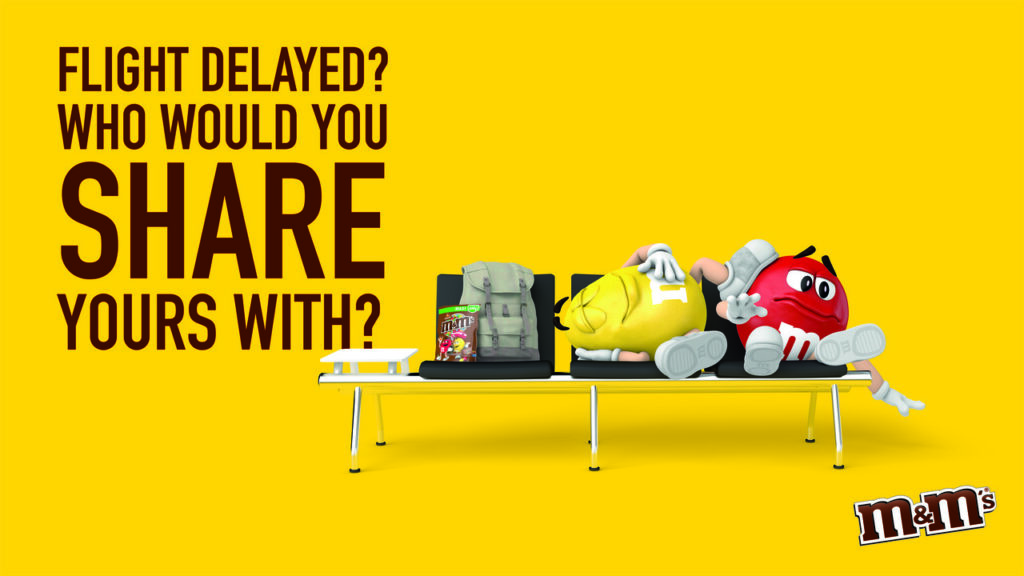
Sharing humorous advertisements also contributes to brand advocacy. When people share content that makes them laugh, they are indirectly endorsing the brand and its message. It signals to others that the advertisement is worth watching and encourages them to engage with it. This word-of-mouth promotion is invaluable for brands, as it generates organic exposure and builds a positive reputation in the eyes of potential customers.
However, it is important to note that humor should be used appropriately and aligned with the brand’s values and target audience. Different types of humor appeal to different people, and advertisers need to be mindful of cultural sensitivities and avoid offensive or divisive content. Humor should be used as a tool to create a positive and enjoyable experience for the audience, rather than relying on cheap or offensive jokes that could alienate or offend certain segments of the target market.
In conclusion, incorporating fun, comedy, and humor into animated commercial campaigns is a powerful way to engage the audience, create a positive emotional connection, and increase the likelihood of sharing and brand advocacy. Humorous advertisements stand out from the crowd, capture attention, and create a memorable association with the brand. By tapping into shared experiences and creating relatable content, advertisers can establish a bond with the audience and make them feel understood. However, it is crucial to use humor appropriately, align it with the brand’s values, and be mindful of cultural sensitivities to ensure that the advertisements resonate with the target audience and contribute to the success of the campaign.
Here are four examples of successful and responsive animated commercial campaigns that effectively incorporate fun, humuor, and comedy:
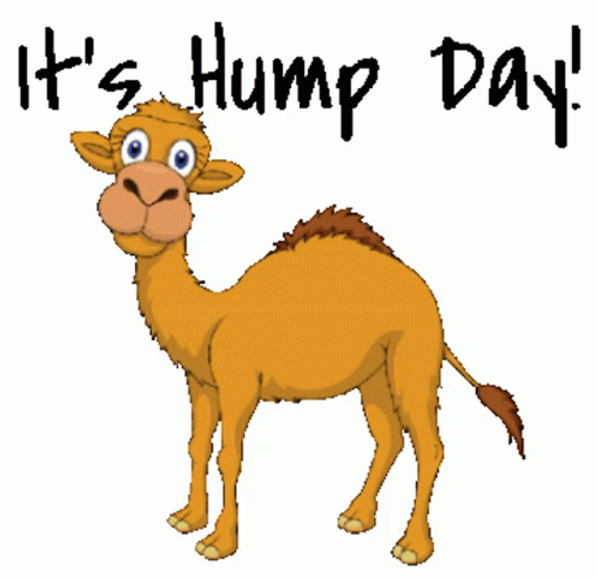
- Old Spice “The Man Your Man Could Smell Like“: This iconic campaign by Old Spice features an animated character delivering humorous and witty monologues while showcasing various scenarios and products. The advertisements play on exaggerated masculinity, absurd situations, and unexpected transitions, creating a highly entertaining and humorous experience for the audience. The use of humor in these ads helped Old Spice rejuvenate its brand image and engage a broader audience.
- Geico “Hump Day Camel“: Geico, an insurance company, introduced a memorable animated commercial featuring a talking camel celebrating “hump day” in an office environment. The humorous and lighthearted nature of the advertisement, combined with the catchy catchphrase “Guess what day it is? Hump day!”, made it widely shared and talked about. This campaign effectively used humor to make a typically dull topic like insurance memorable and entertaining.
- Coca-Cola “Happiness Factory“: Coca-Cola’s “Happiness Factory” animated commercial campaign takes viewers on a whimsical journey into a fantastical world inside a Coke vending machine. The ad is filled with humorous and playful characters, delightful animations, and clever storytelling. By evoking a sense of joy and wonder, the campaign successfully associates Coca-Cola with positive emotions and creates a memorable and engaging experience for the audience.
- M&M’s “Red and Yellow Characters“: The M&M’s commercials featuring the personified animated characters, Red and Yellow, have become a staple of humor and comedy in advertising. These ads often showcase witty banter and comedic situations between the characters, centered around the M&M’s candy. The clever dialogue and light-hearted humor have made the campaign highly successful, effectively establishing M&M’s as a fun and enjoyable brand.
These examples demonstrate how incorporating fun, humor, and comedy can create memorable and responsive animated commercial campaigns. By leveraging humor, these brands were able to engage their audiences, evoke positive emotions, and generate buzz and conversation around their advertisements.
If you are interested in this subject and want to know about the the other pillars, you can follow our special page created to talk about commercial campaigns
If you want to turn your concept into an animated reality, then we are who you need. Visit our film showcases to understand better what we can do for you. Check Phoenix news to get regular updates on our ever-expanding services, such as facilitation.
Contact US today and begin the journey of turning your vision into a work of art. Also you are very welcome to Dubai – Business bay, to visit us at our Dubai branch office.
More blogs and news, kindly Follow the Phoenix Blogs …
Frequently asked questions
What is the funniest commercial ever?
Determining the funniest commercial ever is subjective, as humor is highly personal and can vary from person to person. but we in Phoenix,prefer the
Doritos “Time Machine”:
This Doritos commercial aired during the Super Bowl and features a young boy who tricks an older man into thinking he has built a time machine out of a cardboard box. The boy convinces the man to try the time machine, and when he steps out of the box, he finds himself covered in Doritos. The unexpected twist and the comedic performances in this commercial make it a fan-favorite and often regarded as one of the funniest commercials. Volkswagen “The Force” and Skittles “Touch” could be our next candidates.
What is the most successful advert ever?
Determining the most successful advert ever is a complex task as success can be measured in various ways, such as viewership, impact, brand recognition, sales, and cultural relevance. However, one of the most widely recognized and successful advertisements in recent history is Apple’s “1984” commercial, which premiered during the Super Bowl in 1984.
The “1984” commercial was a groundbreaking animated advertisement that introduced the Apple Macintosh computer. Directed by Ridley Scott, the commercial depicted a dystopian future inspired by George Orwell’s novel “1984.” The ad featured a female athlete running through a crowd of people mindlessly watching a giant screen, representing conformity and a lack of individuality. The athlete throws a hammer at the screen, symbolizing the liberation and empowerment that the Macintosh would bring.
This commercial is widely regarded as one of the most influential and successful advertisements of all time. It captured the attention of millions of viewers and generated significant buzz and discussion. The “1984” ad marked a significant turning point in the advertising industry, showcasing the potential of storytelling and impactful visuals in commercials.
The success of the “1984” commercial can be attributed to several factors. Firstly, it had a strong and compelling concept, effectively using symbolism and references to create an engaging narrative. The combination of the dystopian theme, powerful imagery, and the surprise reveal of the Apple Macintosh at the end made the commercial captivating and memorable.
Furthermore, the “1984” commercial resonated with the audience on an emotional level. It tapped into the desire for individuality, empowerment, and challenging the status quo, which were prevalent themes during that era. The advertisement captured the imagination and aspirations of viewers, positioning Apple as a forward-thinking and innovative brand.
The cultural impact of the “1984” commercial cannot be overstated. It not only garnered attention during the Super Bowl but also received widespread coverage in the media, generating additional exposure for the Apple brand. The commercial’s success contributed to the launch of the Macintosh and helped establish Apple as a key player in the technology industry.
Additionally, the “1984” commercial set a new standard for advertising creativity and storytelling. It demonstrated the power of using cinematic techniques and a compelling narrative in commercials, influencing future advertisements across various industries. The commercial’s impact is still felt today, as it is often referenced as a benchmark for successful and impactful advertising campaigns.
While the “1984” commercial is widely considered one of the most successful adverts ever, it is important to note that success can be subjective and measured in different ways. Numerous other commercials have achieved remarkable success, whether it be in terms of viewership, brand awareness, or sales. Ultimately, the most successful advert ever will depend on the criteria used to evaluate success and the specific context in which it is assessed.
What are the top 10 best commercials?
Emphasizing that we are giving Phoenix judgement and this is not a scientifically or statistically approven,here are ten iconic and highly regarded commercials that are often cited as some of the best:
1-Apple – “1984”: This groundbreaking commercial introduced the Macintosh computer and is celebrated for its cinematic storytelling and cultural impact.
2-Volkswagen – “The Force”: Featuring a young boy dressed as Darth Vader, this heartwarming and funny ad resonated with audiences and became a viral sensation.
3-Old Spice – “The Man Your Man Could Smell Like”: Known for its humor and memorable character, this campaign revitalized the Old Spice brand and entertained viewers with its witty monologues.
4-Coca-Cola – “Hilltop”: This iconic ad featured a group of diverse young people singing “I’d Like to Buy the World a Coke” on a hill, promoting unity and harmony.
5-Budweiser – “Wassup?”: This humorous commercial became a cultural phenomenon with its catchphrase and simple concept, resonating with viewers and generating widespread recognition.
6-M&M’s – “Red and Yellow Characters”: The animated characters, Red and Yellow, engaged audiences with their witty banter and comedic situations, establishing M&M’s as a fun and enjoyable brand.
7- Pepsi – “Pepsi vs. Coca-Cola”: This series of commercials featured humorous and competitive scenarios between Pepsi and Coca-Cola delivery drivers, showcasing Pepsi’s sense of humor and brand personality.
8-FedEx – “Fast Talker”: This clever and fast-paced commercial highlighted the speed and efficiency of FedEx delivery services through humorous dialogue delivered by an exceptionally fast talker.
9- Snickers – “You’re Not You When You’re Hungry”: This long-running campaign portrayed humorous situations where people transformed into famous personalities when hungry, emphasizing the need for a Snickers bar to satisfy hunger and return to normal.
10-Doritos – “Crash the Super Bowl”: This user-generated content campaign invited viewers to create their own funny and creative Doritos commercials, resulting in a series of humorous and crowd-pleasing ads.
These commercials have left a lasting impact on the advertising industry and have become ingrained in popular culture. However, it’s important to note that the “top” commercials can vary based on individual tastes and opinions. Different commercials resonate with different people, and there are countless other outstanding advertisements that have captivated audiences with their humor, creativity, and storytelling.
What is an example of ironic advertising?
An example of ironic advertising is the “Get a Mac” campaign by Apple. In this series of commercials, Apple personified its Mac computers as a cool, young, and reliable character, while portraying PCs as a stuffy, nerdy, and prone-to-error character. The ironic twist in this campaign is that the dominant market leader at the time was Microsoft Windows, represented by the PC character.
The irony lies in Apple positioning itself as the underdog, even though they were becoming increasingly successful and gaining market share. The campaign used humor and irony to challenge the established norms and perceptions surrounding PC usage. By presenting the Mac as a superior and more desirable option, the campaign effectively communicated Apple’s brand values and appealed to consumers who were seeking a more user-friendly and innovative computing experience.
The irony in this advertising campaign stems from the fact that Apple, a company that was once considered niche and catering to a specific audience, cleverly positioned itself as the more desirable choice over the dominant PC market. By leveraging irony, Apple created a memorable and impactful campaign that resonated with consumers and helped reshape the narrative around PC vs. Mac usage.
What is an example of a creative advertisement?
One example of a creative advertisement that effectively utilizes fun, humor, and comedy is the “Share a Coke” campaign by Coca-Cola. This campaign introduced personalized Coke bottles and cans with popular names and phrases printed on them, encouraging people to find and share bottles with names of friends, family, or loved ones.
The creativity of this campaign lies in its ability to evoke personal connections and emotions through a simple and universally recognized product. By incorporating personalized labels, Coca-Cola tapped into the desire for individuality and connection, creating a sense of excitement and novelty.
The advertisements themselves featured playful and humorous scenarios where people interacted with the personalized bottles. They showcased situations where individuals were surprised, delighted, or even slightly confused upon finding a bottle with their name on it. The lighthearted humor and relatability of these situations made the campaign memorable and engaging.
Additionally, the creativity extended beyond the advertisements themselves. Coca-Cola encouraged consumers to actively participate in the campaign by creating their own custom labels and sharing them on social media. This user-generated content aspect added an interactive and personal touch, further enhancing the campaign’s creativity and engagement.
The “Share a Coke” campaign stood out by leveraging the power of personalization, humor, and consumer involvement. It creatively transformed a widely recognized product into a platform for personal connections and shared experiences. By doing so, Coca-Cola successfully captured the attention and interest of consumers, generating positive brand associations and driving increased sales and brand loyalty.
